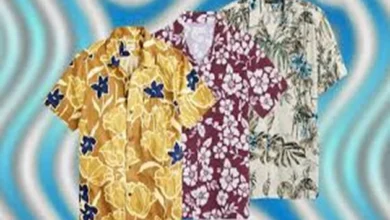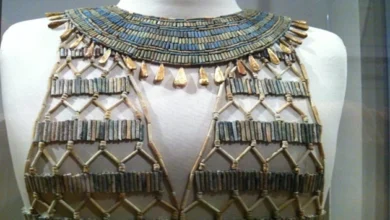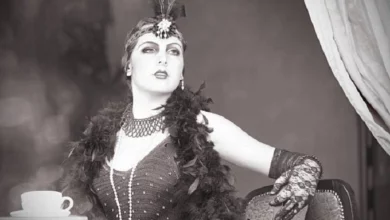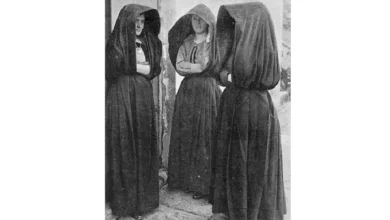How deadly noose on the neck becomes tie and fashionable status
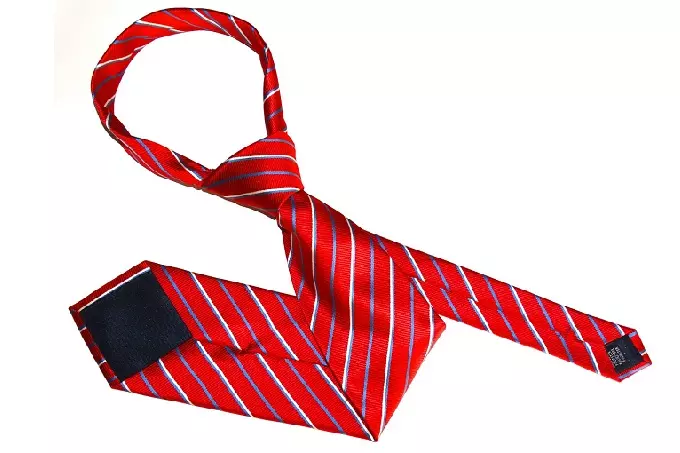
A tie is an indispensable accessory for a classic men’s look these days. However, few people know where and how it appeared in the wardrobes of men for the first time. In fact, the tie has gone through a long history of development, shrouded in legends, versions, and facts, before becoming that indispensable accessory—a fascinating story of the transformation of the tie over the centuries.
To fully appreciate the importance of the tie in the history of mankind, it is time to recall the words of the famous writer Honore de Balzac, who wrote a book in 1827 called “The Art of Wearing a Tie”, where he described not only the aesthetic value of this accessory: ‘A well-chosen tie is like exquisite perfume, colors the whole suit; it plays the same role for a suit as truffles for dinner… Looking at a tie, you can judge who wears it, and to recognize a person, it is enough to cast a glance at that part of it that is located between the head and chest cell’.
In his book, Balzac described in detail the types of neckerchiefs and personal recommendations for their use. So, for example, a “Byronian” tie was defined by a widely tied scarf that did not tighten the throat. The black tie was an accessory of mourning and uniform. A white tie was intended for formal wear at balls, evenings, and dinner parties; it was supposed to be worn with a tailcoat or tuxedo. A tie in the “Walter Scott” style was sewn from checkered fabric. It should also be added that in the time of Balzac, ties were silk, woolen, and satin with various patterns.
The legend of the noose, the forerunner of the tie
Wearing ties, according to one of the versions of historians, has been going on for a long time, when robbers, bandits, or convicted people were executed by hanging. If during the execution the rope broke, then such a person had to wear this “tie” around his neck until the end of his life, as a sign that he was condemned, executed, but by the will of fate or by the Almighty himself was pardoned.
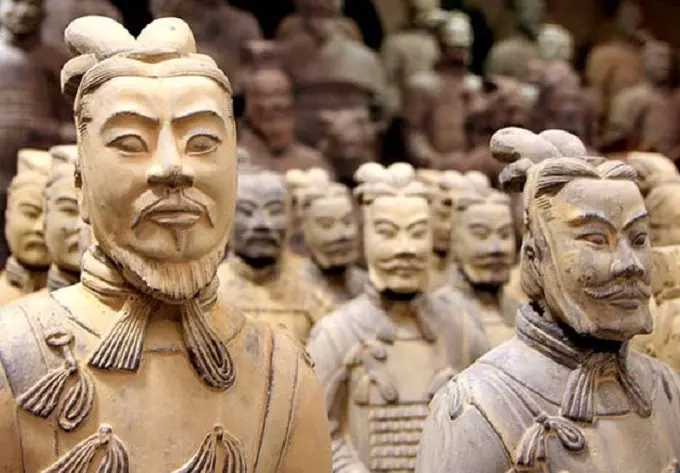
Development path in ancient times
The word tie comes from the German Halstuch – neckerchief. The first historical mention of this accessory can be found in the history of Ancient Egypt, where a piece of fabric of regular geometric shape, thrown over the shoulders, served as a kind of symbol of the social status of its owner. In ancient China in 259-210. BC, such a flap of an elongated rectangular shape began to be tied around the neck. This is evidenced by stone statues near the tomb of Emperor Shihuan Di.
A few centuries later, the progenitor of the tie in the form of a neckerchief is already found in the history of ancient Rome. Roman legionnaires wore neckerchiefs called “focale” so as not to rub their necks with heavy armor, and in the cold, the “focale” also performed a protective function from the cold. Also, ancient Roman speakers tied warm scarves around their necks to warm their vocal cords before speaking.
A bas-relief image of 2500 Roman soldiers on the column of Emperor Trajan, erected in honor of his victories in 113 AD, has survived to this day. Many legionnaires in armor, carved on the column, are depicted with scarves tied around their necks.
“King Sun” – trendsetter of tie fashion in Europe
However, the real starting point for the birth of the symbol of men’s wardrobe in the form of a neckerchief is considered to be 1648, when, after the victory over the Janissaries in the 30-year war, brave Croatian warriors were invited to the solemn parade at the court of the French Queen Mother Anne of Austria. They appeared in full dress, and the main feature of their uniforms was colorful silk scarves tied around their necks, which the Croatian army also tied before battles in order to distinguish their own from rivals in the thick of battles.
Present at the parade, the heir to the throne, 10-year-old Louis XIV, known as the “Sun King”, was so captivated by such a spectacular part of the Croatian uniform that he could not resist and immediately tied something similar on himself. And it was during the era of his reign that neckerchiefs gained extreme popularity, they began to be worn as a sign of belonging to the nobility, and their cult was elevated to the rank of high fashion. At the court of Louis XIV, even a new position appeared – “cravatier”, who every morning brought the king a full basket of ties from expensive Flemish lace, for selection.

Although the neckerchief at that time was the privilege of men, women also experimented a lot with it. So, one of the king’s favorites, Duchess Louise de La Vallière, who adored all sorts of fashionable things, somehow, twirling a scarf in her hands, folded it in the form of a “butterfly”. Then she put the scarf around her neck and draped its ends under her chin in the form of four graceful wings. In the future, this style was called “lavalier”.
Over time, the popular accessory became so firmly established in the life of the French that during the French Revolution (1789-1799) the color of the neckerchief indicated the political convictions of people. Picturesque canvases of the end of the 18th century are a vivid confirmation of this.
So, thanks to the Croat warriors, the fashion for scarves-ties came to France, which was then picked up by the whole of Europe. French fashionistas called the novelty the word “cravate” – “cravat” (from the French. “croate” – “Croatian”), which has spread across many languages.
A tie is an indispensable accessory
There was also a special attitude to the fashion for wearing neckerchiefs in England. Fashion elevated to the rank of high art, offered the gentleman a choice of up to a hundred different ways to tie them. It is known that the English dandy founder of “dandyism” – George Brian Brummel, who had a huge impact on men’s fashion, could spend all morning tying a neckerchief according to all the rules. It should also be noted that in that era, an unflattering statement about his tie was considered the most serious offense for an Englishman, and this insult could be washed away only with blood.
When the neckerchief became a tie
At the beginning of the 19th century, the dandies of European society rediscovered this accessory for themselves. During the period when men’s suits became more strict, the tie was transformed, acquiring other forms and became similar to the one that we used to consider classic.
Modern tie
But starting from the first half of the 20th century, the accessory already resembled a modern tie in its appearance. This transformation took place in 1924, when the American entrepreneur Jesse Langsdorf patented his “perfect tie”. A tie scarf cut diagonally at an angle of 45 degrees to the shared thread was sewn from three parts, and cut along the oblique. This is how the tie is sewn to this day. Since then, the tie has ceased to be the property of some military and politicians and has migrated to the wardrobe of ordinary citizens.

It is also worth noting that in the late 1990s, Thomas Fink and Yong Mao, laboratory staff at the University of Cambridge, using mathematical modeling, proved that using only 9 movements, you can tie a tie in 85 different ways.
Tie in women’s wardrobe
It is unlikely that Duchess Louise de Lavalier, who was the first to wear a tie, guessed that her bold invention would survive to this day and become a favorite accessory for some women. Unlike a man who puts on a tie when he wants to emphasize the solidity and significance of his image, a woman, putting on a tie, shows her originality and desire to draw attention to herself. The tie always looks playful and charming on her.
Tie Day
On October 18, 2003, an official national heritage holiday, Tie Day, was founded in Croatia. On this occasion, around the Roman arena in Pula, a giant installation was created in the form of a red tie, wrapped around the amphitheater of Pula. This installation proved to be very popular and has become a tradition ever since.
In conclusion, it should be noted that the Croats still do not cease to amaze the world, promoting and transforming such a beloved accessory. So, in 2014, the inventor Tomislav Zvonarik created a tie that can change color. Now the miracle tie will ideally fit under any shirt and for any occasion. Its color and pattern can be changed at the touch of a button.
It’s no secret that fashion is as changeable as the seasons. However, there are things that have completely consolidated their positions both in the wardrobes of ordinary people and on the catwalks for high fashion shows.

